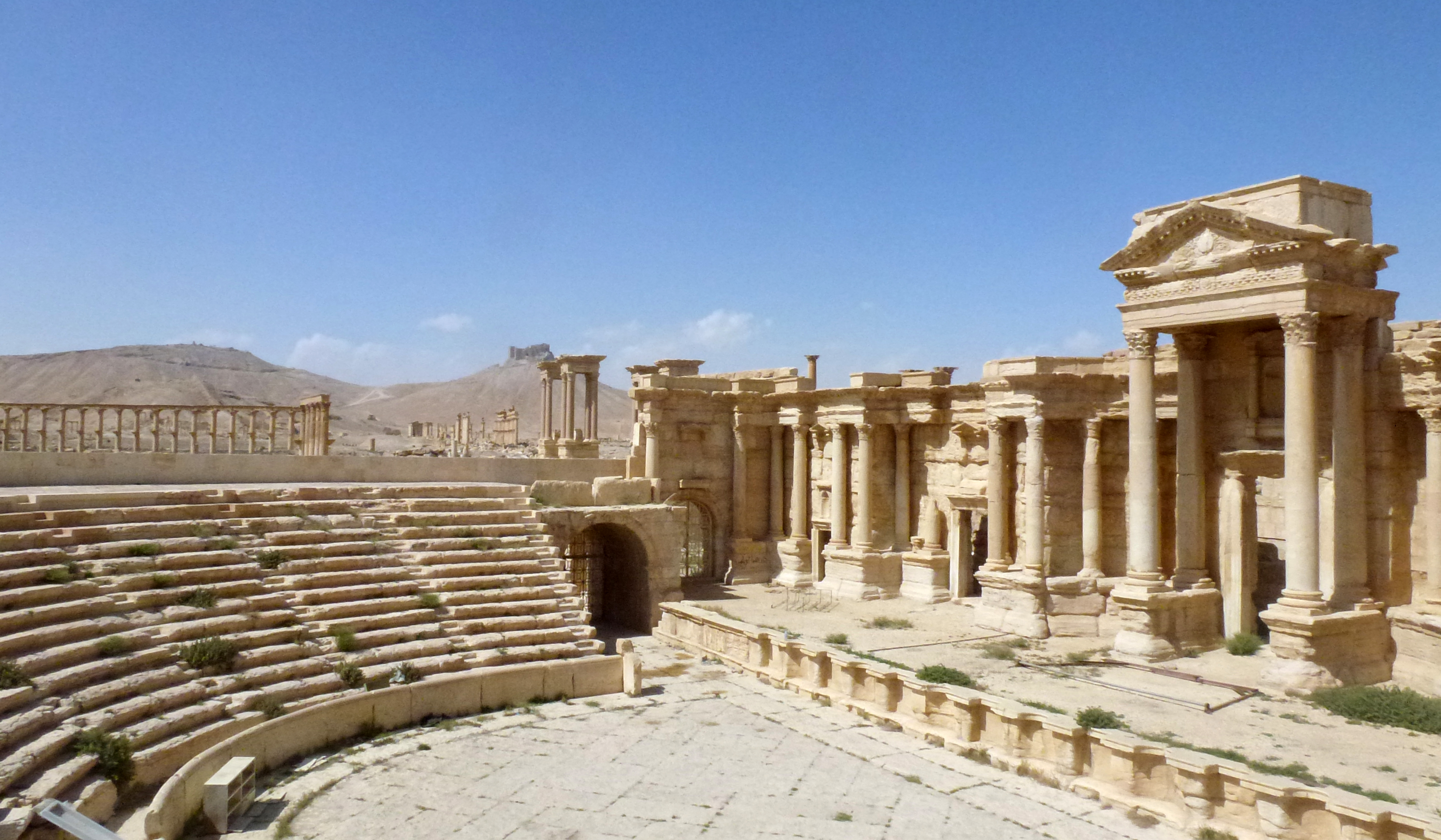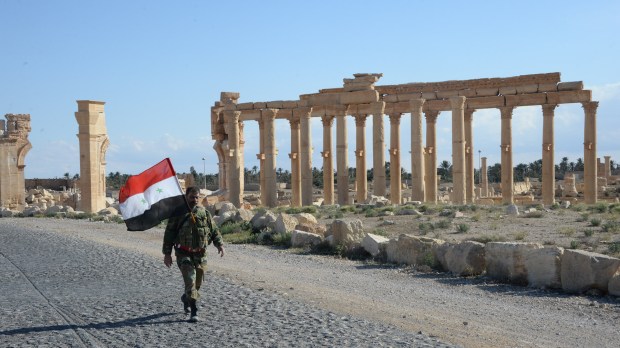Although there has been massive damage to the historic sites in the ancient Syrian city of Palmyra, much has survived the destruction of the Islamic State, which took control of the city in May 2015.
Syrian government forces retook Palmyra last week and are now in full control of the historic city.
Much of what was destroyed can never be rebuilt, but some of the major structures remain, including the Roman amphitheater, where ISIS is said to have executed Syrian army soldiers last year.

Drone footage released by Russian media outlets Friday showed that many of the city’s columns and arches had been spared from destruction. Yet it also confirmed the potentially irreparable damage inflicted upon the temple of Baalshamin and the heart of the temple of Bel. As The Los Angeles Times reported:
Militants blew up many of the city’s irreplaceable monuments, obliterating the magnificent Arch of Triumph, the temple of Baalshamin and the Temple of Bel, a unique structure dating from 32 AD — even while doing a brisk illegal trade in artifacts small enough to be smuggled across Syria’s borders.
The LA Times quoted Maamoun Abdel Karim, head of Syria’s antiquities and museums department, as saying the liberation of Palmyra “will be one of the most beautiful moments of my life.” He said he is eager to go to Palmyra and assess the damage to the artifacts.
“We’re just waiting for the liberation to happen, and then we’ll visit the site to see the nature of the damage and their type and what we can undertake an emergency repair plan,” he said.
The New York Times explained that the Islamic State had destroyed the historical objects and sites in part because they represented a heresy to its ideology, which is rooted in Wahhabism.
“In Palmyra, for example, the group blew up two historic tombs, one of a Shiite saint and another of a Sufi scholar, because it considers them to be forms of idolatry,” The Times said. “In March 2015, the Islamic State released videos showing its militants shooting at and bulldozing Hatra and Nimrud, ancient sites in northern Iraq. The dramatic footage gained significant media attention, allowing the group to extend its message widely and potentially expand its recruiting.”
UNESCO, which says Palmyra contains the “monumental ruins of a great city that was one of the most important cultural centers of the ancient world,” called the destruction by ISIS “an intolerable crime against civilization.”

